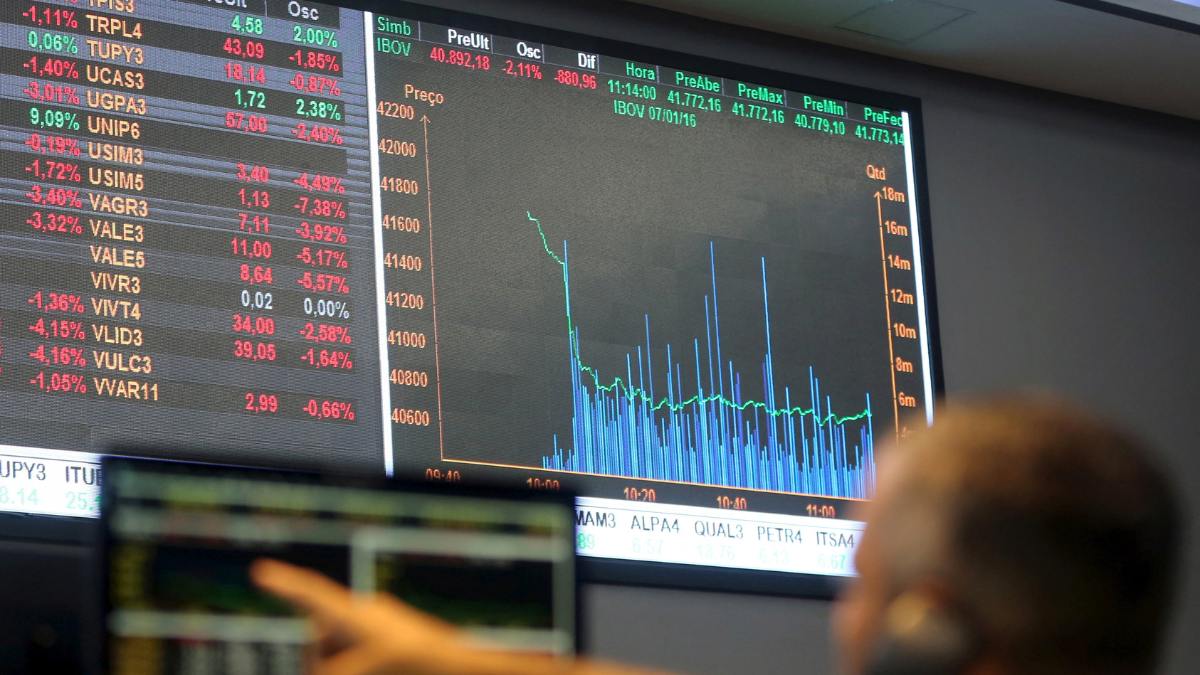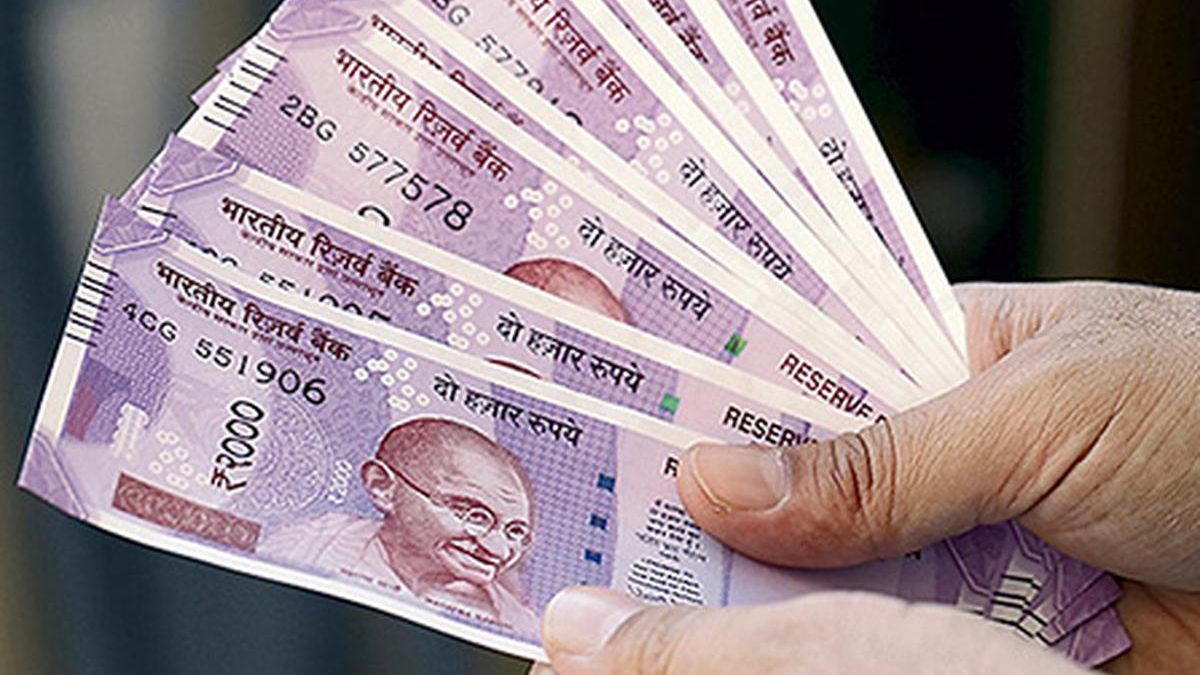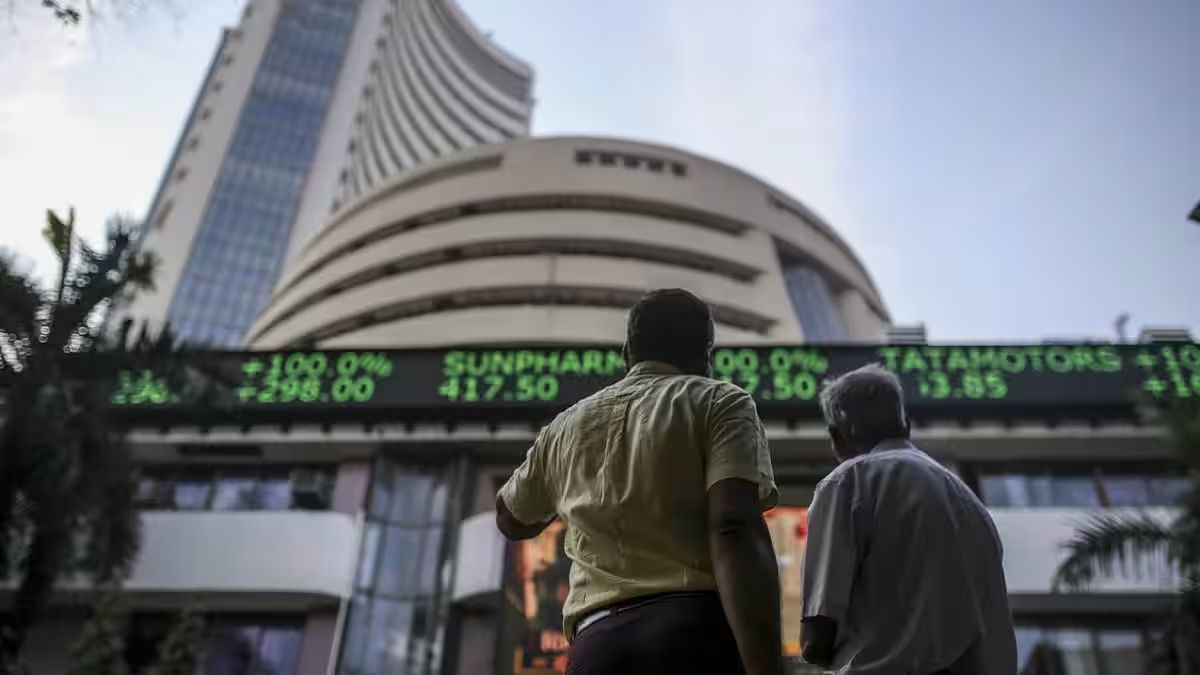By Suraj Pratap Malik
At present, India is rated investment grade by three major credit rating agencies (CRAs) – Standard & Poor (S&P), Moody’s, and Fitch. During most of the 1990s and mid-2000s, India’s sovereign credit rating was speculative grade. India’s credit rating was upgraded to investment grade by Moody’s in 2004, Fitch in 2006 and S&P in 2007. However, there is compelling evidence now in favour of India’s further sovereign ratings upgrade as clearly reflected in elevated bullish outlook by Morgan Stanley, Goldman Sachs, Jeffries, etc. Further, S&P retained India’s growth forecast at 6 per cent, highlighting that India would be the fastest-growing economy among Asia-Pacific nations.
Given this kind of an overarching sound and robust macro setting, it is not justifiable for India’s sovereign credit rating to languish at BBB-/Baa3, particularly when India never defaulted. India’s external debt position is well-balanced. India’s ability to pay can be gauged not only by the extremely low foreign currency denominated debt of the sovereign but also by almost $ 580 billon foreign exchange reserves to meet the short-term debt of the private sector and the entire stock of India’s sovereign and non-sovereign external debt. While the government borrowings increase as the economy grows and transforms, India’s debt is sustainable and consistent with its economic growth. India’s nominal GDP growth is 11-12 per cent, whereas the government’s cost of borrowing is only 7 per cent.
Countries like Portugal, Spain, and Italy have debt ratios of 112.4 per cent, 110.5 per cent, and 140.3 per cent, respectively, in 2023, breaching the psychological barrier of 100 per cent. In contrast, India efficiently managed its debt position, with a debt ratio of 83.2 per cent in 2023, reflecting adroit debt management with debt never exceeding 88.5 per cent over the past five years. Despite the weak and irreparable balance sheets of these three countries, CRAs consistently assigned either lower or equal sovereign ratings to India. Portugal, Spain, and Italy have BBB, A, and BBB sovereign ratings assigned by Fitch’s respectively.
While developed economies like US and China are continually struggling with mounting debt levels, such countries receive higher sovereign credit rating-rating not justified by any just, fair and transparent criterion and methodology. Since 2009, America’s national debt nearly tripled, with annual federal deficits averaging close to $1 trillion since 2001. Over the years, it rose for various reasons, including tax cuts under Presidents Bush and Trump, wars in Iraq and Afghanistan, expenditure related to the COVID-19 pandemic. In 2023, the debt limit reached its threshold level on 19 January 2023. The Treasury Secretary Janet Yellen highlighted in a letter dated 13 January 2023 that though the use of the “extraordinary measures” enables the government to meet its obligations, but it is for only a limited period of time, and this is clearly unsustainable. She stressed that Congress should act in a timely manner to enhance or suspend the debt limit, to avoid “irreparable harm” to both the U.S. economy and global financial stability. In the past, during 2011 debt-ceiling crisis, a major credit rating agency downgraded the U.S. country rating. Consequently, global stocks plummeted, and emerging market (EM) countries’ bond prices declined.
Over ten important macroeconomic indicators show that India has shown improved remarkably in the last decade. Additionally, major top level investment banks have appreciated India’s macroeconomic and stock market performance. What makes it extraordinary is the resilience and stability displayed by India amidst globally synchronized slowdown and high inflation the world over. But in sharp contrast to the Indian situation, the western countries saddled with negative growth rates, huge government debt levels, higher inflation and unemployment rates were never downgraded by even a notch. This makes us wonder whether what’s sauce for the goose is sauce for the gander and brings into focus the need for a level-playing field. The inconsistent ratings across countries and over time stem from changes in rating methodologies or criteria, or to the subjective judgments of individual analysts.
In view thereof, the case for India’s current sovereign credit rating upgrade is compelling and even unassailable for attracting foreign investment, accessing international markets, enhancing transparency and building trust. Our in-house Sovereign Credit Rating (SCR) matrix factors in political risk, economic structure, economic growth prospects, fiscal flexibility, debt burden, monetary stability and institutional quality in a comprehensive and wholesome manner. But the jury is still out on this significantly contextual issue of using domestic CRAs with wide-ranging ramifications and ramifications.
(Suraj Pratap Malik, Whole Time Director (WTD) in Infomerics Ratings. Views expressed are the author’s own. Please consult your financial advisor before investing.)




